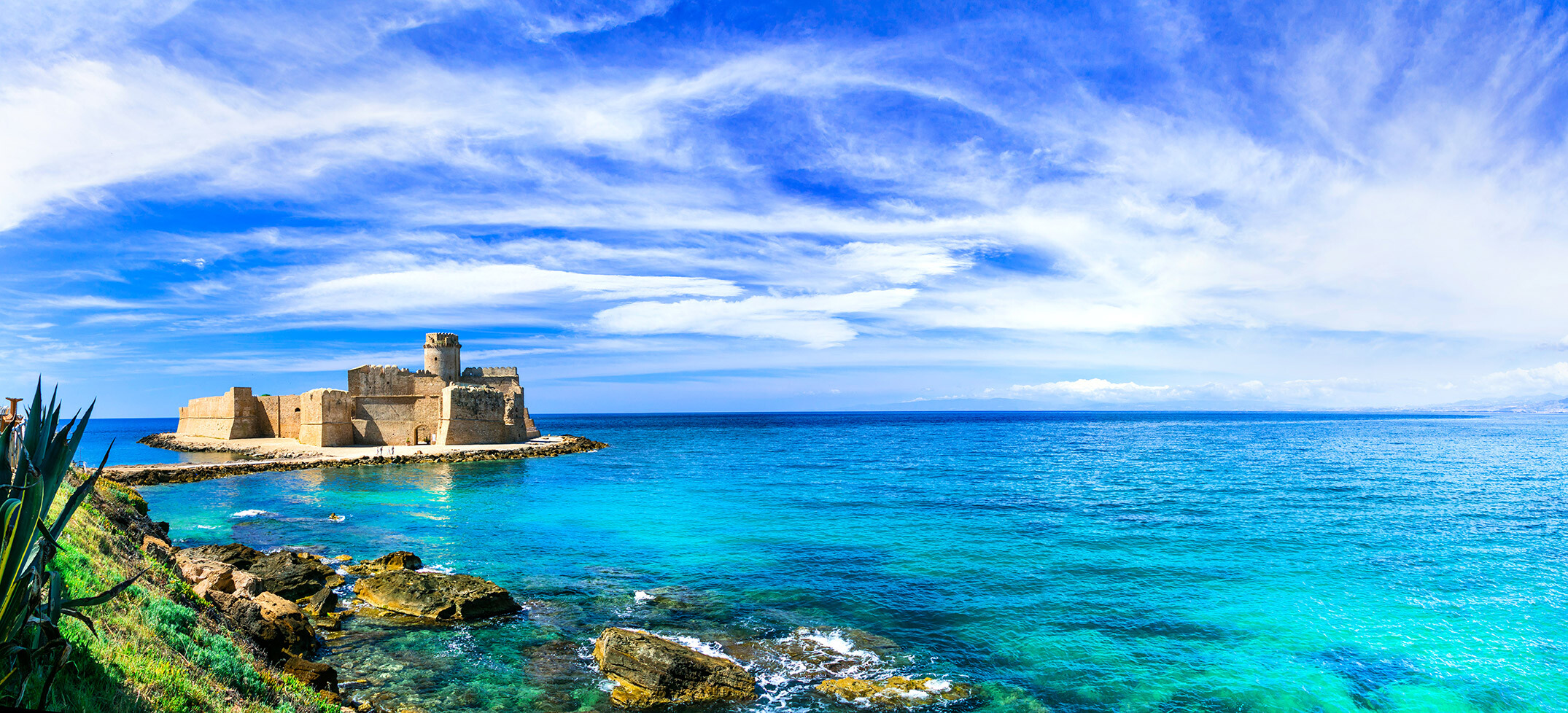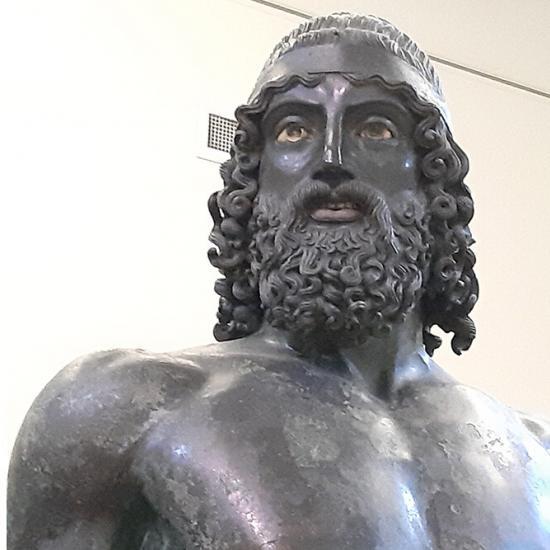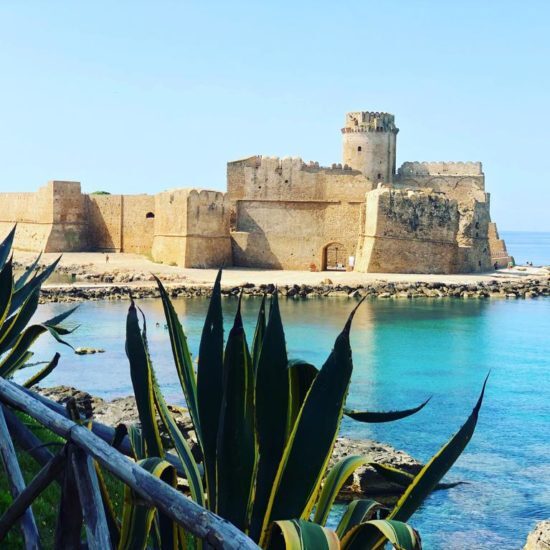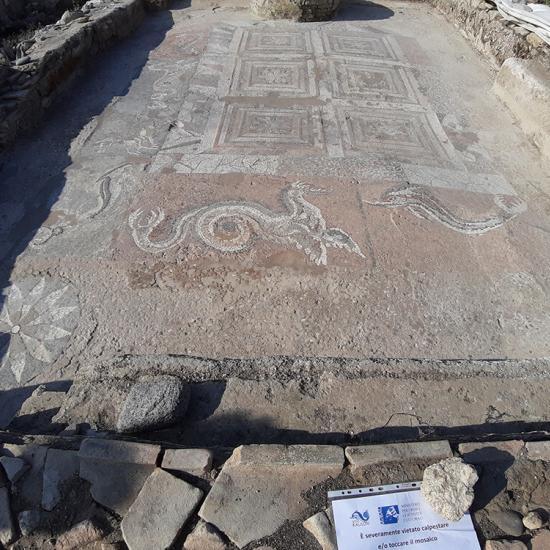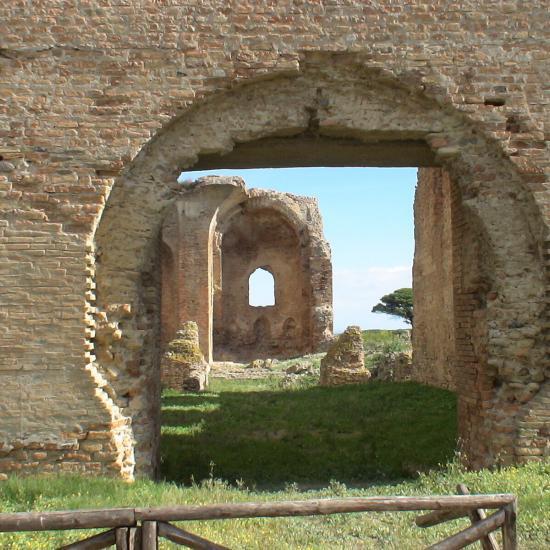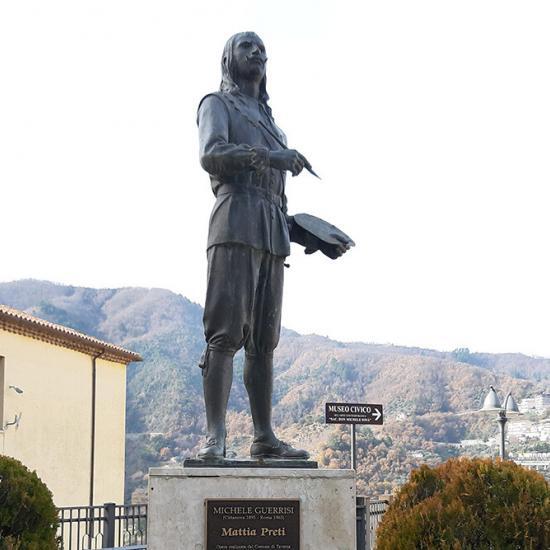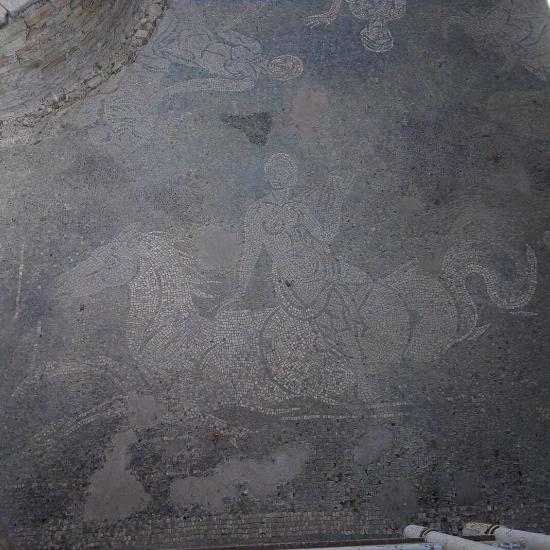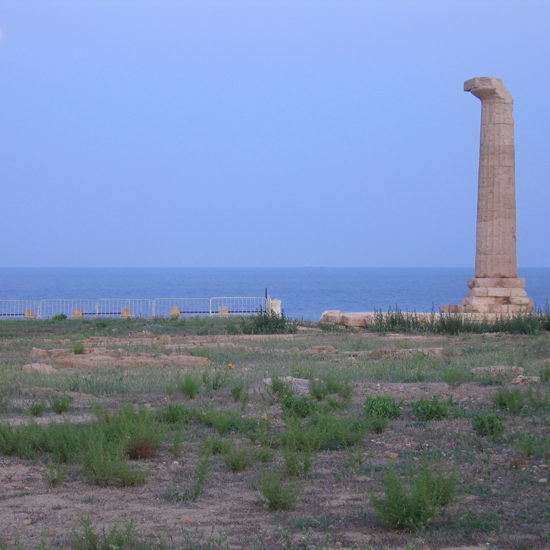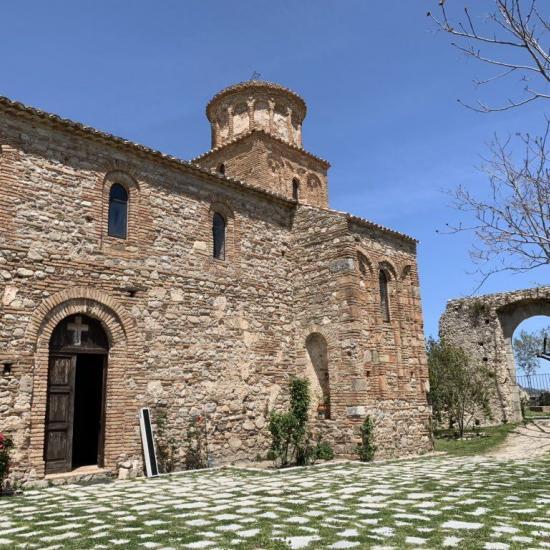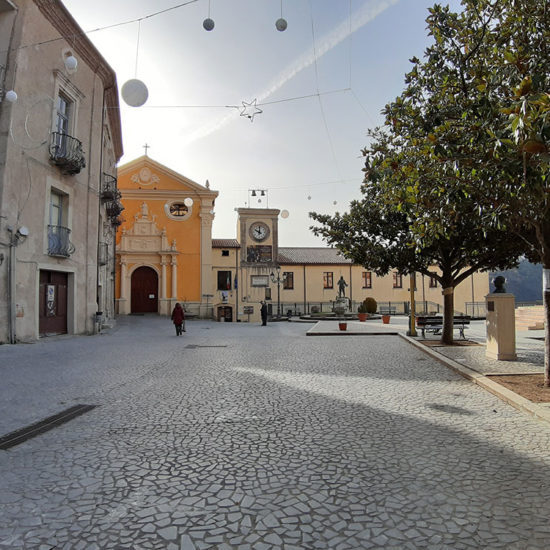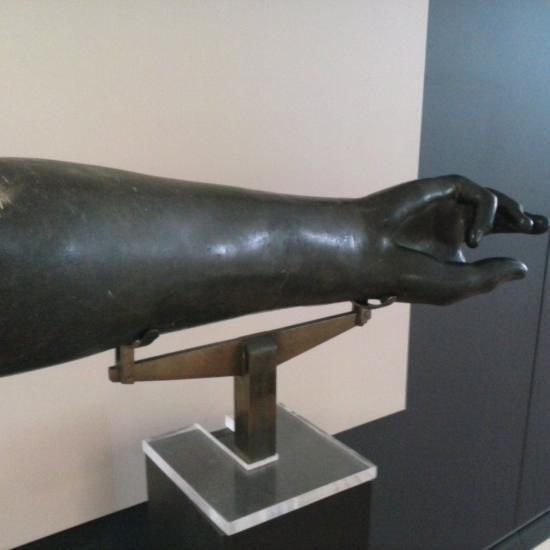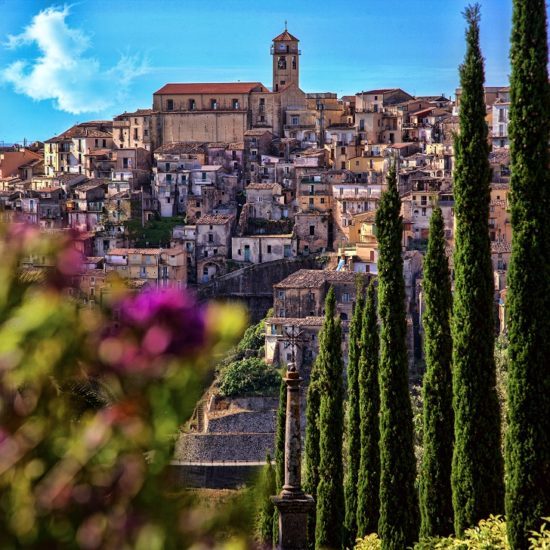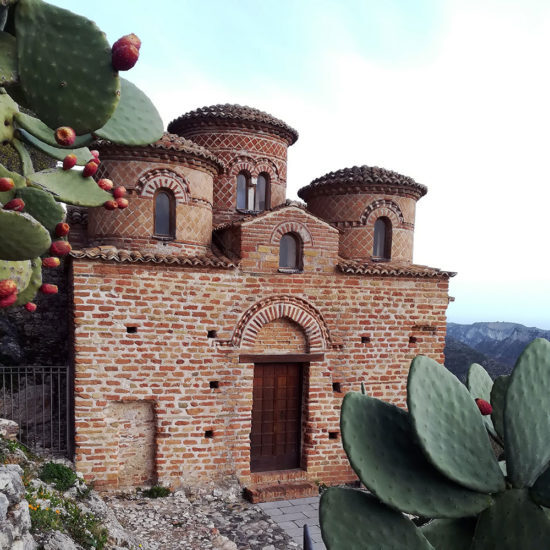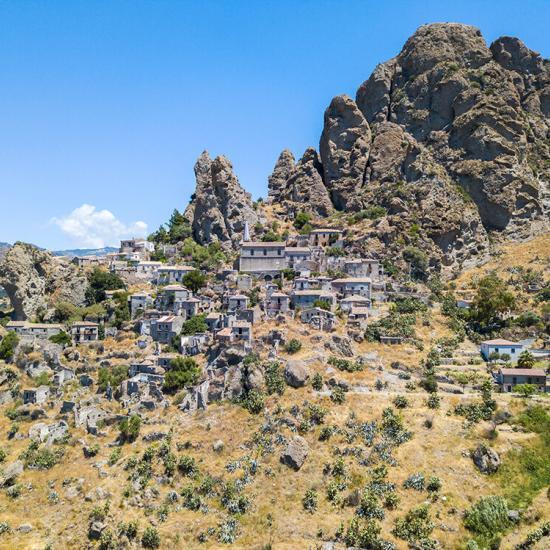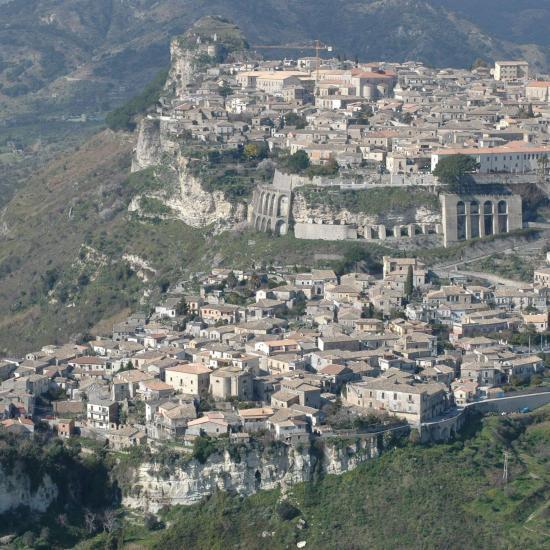Statale 106
per person
In a bizarre interpretation of the geographical map, if you turn Italy, Calabria is the end of the Boot – the Italian Peninsula – and it seems to kick Sicily! Two long state roads – 18 and 106 – run along the coastlines. Tourists have to cross them to contemplate amazing maritime landscapes, and to visit hilly towns too (there is a sequence of marvelous villages).
East Coast Tour in Calabria, visiting Ionian side where Magna Grecia was born
We’ll reach Catanzaro, first, and then Roccella Jonica (since Day 3) to sleep. They are two good “base camp” to explore Ionian Coast. Catanzaro is the region capital. Roccella is a splendid town in the southern East Coast of Calabria.
Six days tour in Calabria, to visit the most important monuments
We’ll be in Taverna di Catanzaro, birthplace of Mattia Preti, a great Calabrian painter in the XVII century, commended in Rome, Naples, Malta. We’ll be also in Le Castella to visit the medieval fortress erected on a strange small island. East Coast Tour in Calabria has its appropriate icon: the column of Capo Colonna. You’ll see the column symbolizing the splendors of Magna Graecia. Scolacium is a well-organized archaeological park, an invaluable Roman heritage.
The deep South of Italy, the best places to see
Running miles to South, you’ll bump into places like Monasterace museum and Badolato, a welcoming and lovely village. The valley of Stilaro fiumara is a perfect scenery to shoot spaghetti western, but we will go to the Cattolica, the most famous monument in Stilo – and also in the monastery of san Giovanni Theristis in Bivongi – both icons of the golden age of hermit monks in the Early Middle Ages. The divine mosaics in the roman villa of Casignana are a Must See Place, an unexpected treasure, together with the town of Gerace, sumptuous, elegant, magic place. Last stops in Pentedattilo, an abandoned village circumscribed by cyclopic rocks, and then, the grand finale… in Reggio Calabria, to meet the Bronzes found on the sea bottom of Riace.
-
Departure
It's convenient to book a direct flight to Calabria (Lamezia Terme sant'Eufemia airport). Then, you spend about 30 minutes by car or bus transfer to reach the hotel in Catanzaro. We suggest the area of Catanzaro Lido. At the end of Day 3 we move to the hotel in Roccella Jonica. You can also reach Calabria by bus or by train. For your comfort, it's better to reach the transport hub of Lamezia and there you should rent a car or bus. -
Dress Code
You should wear sports shoes, you will often walk on cobblestones of the historic centers or archeological parks. In spring-summer-autumn the sunny beaches of our destinations invite you to relax on the shoreline. So we suggest you to bring a beach towel (and a change of clothes) on the bus, and also sandals, a sun cream. -
Included
Food TastingLicensed tourist guideRadio whispers, receivers appropriate for listening in the museums, in crowded places and for better social distancing, as the WHO recommendsUmbrellas if necessary (also parasol) -
Not Included
Hotel, accomodationsLunch, dinnerMuseum ticketsParking ticketsTransfers
Flight, SCOLACIUM archeological park, village of Taverna (a few MATTIA PRETI's masterpieces)
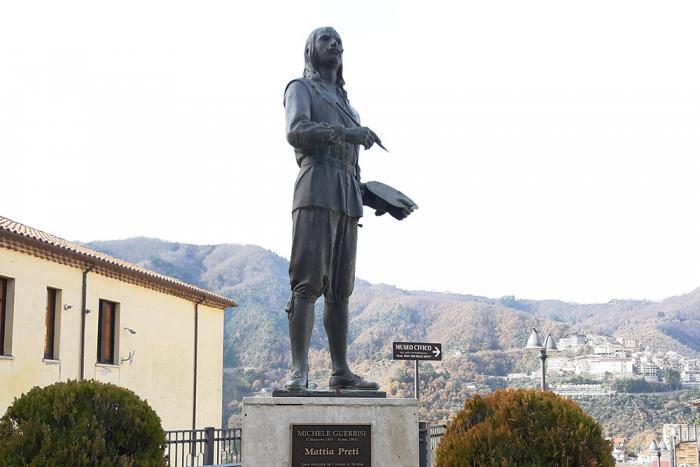
Statue of Mattia Preti in a central square in Taverna
CAPO COLONNA and LE CASTELLA
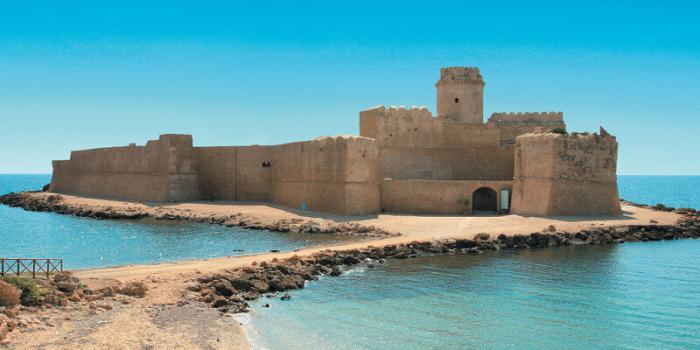
Le Castella, the medieval fortress
BADOLATO + Monasterace marina (ANTICA KAULON park and museum)
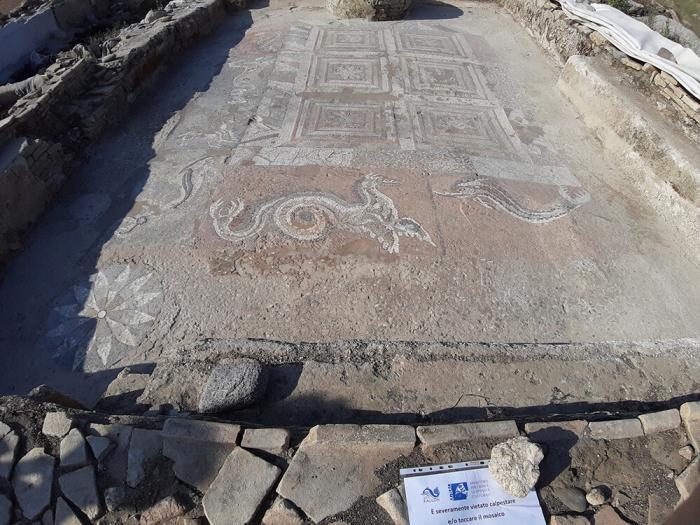
Monasterace, Kaulon. Dragons, dolphins, sea horses.
The village of STILO, the monastery of san Giovanni Theristis in BIVONGI and the cave sanctuary of monte Stella
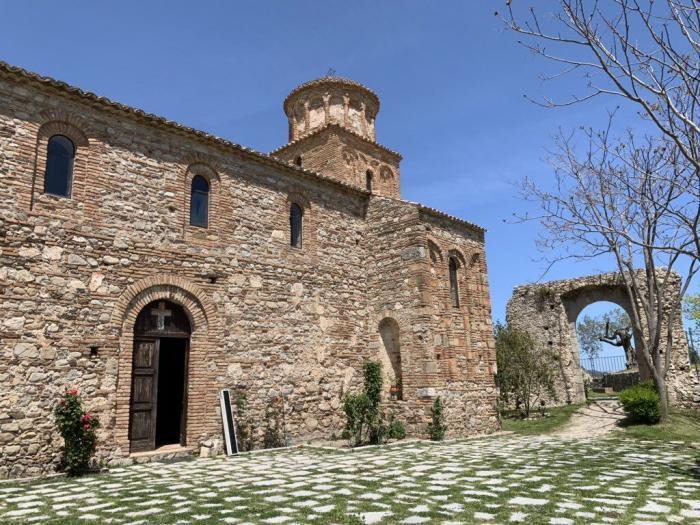
Bivongi, monastery of san Giovanni Theristis
Roman mosaics in CASIGNANA + village of GERACE
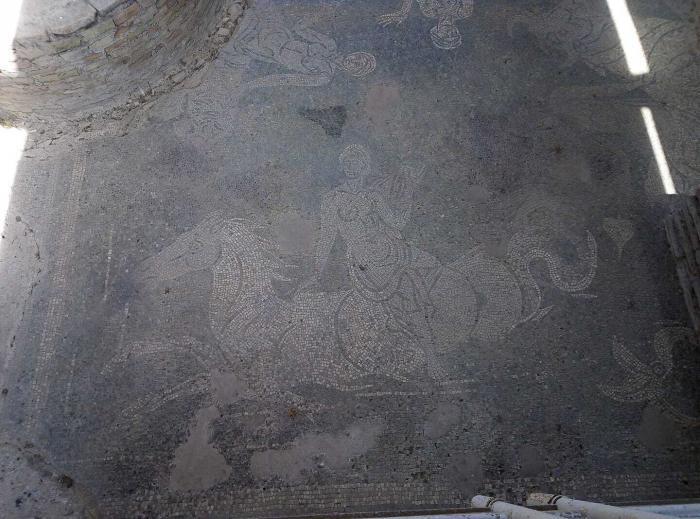
Casignana, Nereid on floor mosaic
PENTEDATTILO, REGGIO CALABRIA and back home
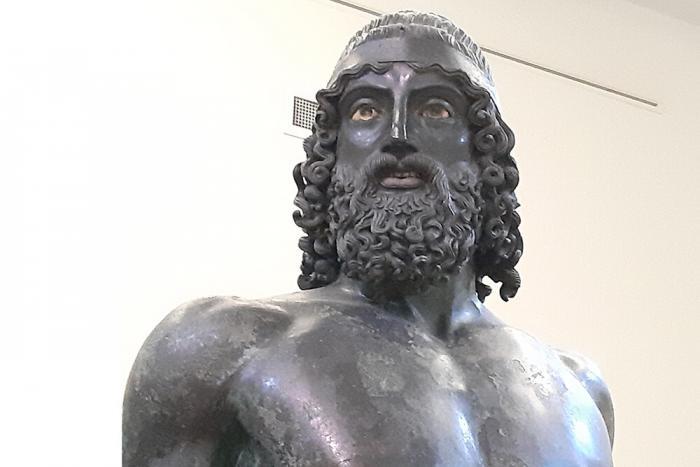
Bronzo A staring at you... national archaeological museum of Reggio Calabria

